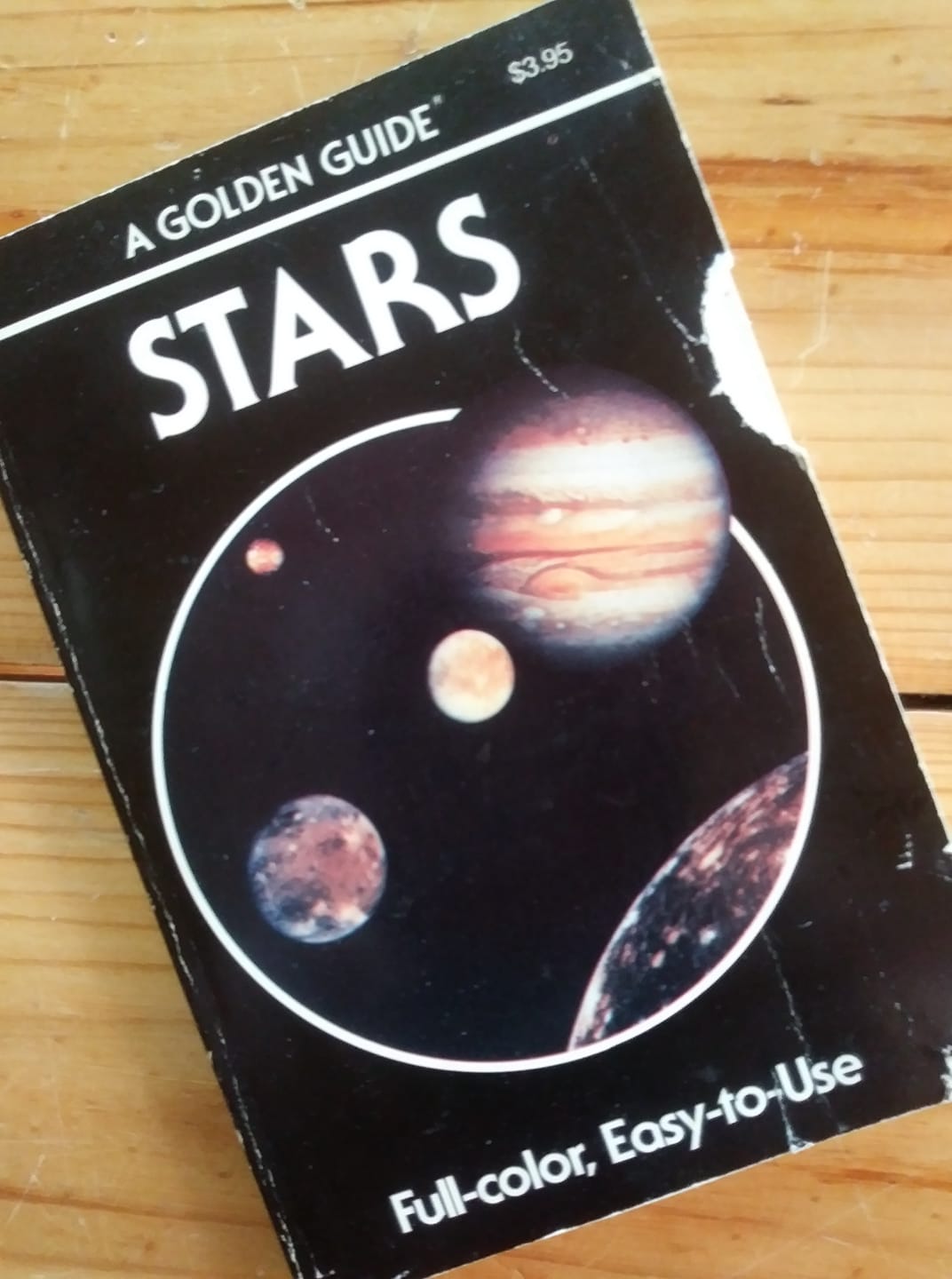AUGUST 11, 2020 – If you’ve had elevated eye pressure or family history of glaucoma, perhaps you’ve experienced a periodic “visual field test.” It’s conducted by a machine consisting of a white, two-foot high, vertical half-dome (which I call, “Yosemite”) equipped with a chinrest on the open side, allowing you to stare motionless at the surface of the inside of “Yosemite” while the test is being administered. After you’re given a clicker and a patch to cover one eye, you’re instructed to keep your open eye trained on the small hole at the center of “Yosemite.” The test begins.
A projector attached to the contraption clunks with every move, occuring at short but unpredictable intervals. After most—but not all, in order to fool you—moves, the projector flashes a speck of light—each of a different magnitude—onto a random spot inside “Yosemite.”
The test is nerve-wracking. It’s you vs. the machine, and the machine is determined to fool you. You hear the projector move but then maybe you don’t detect any corresponding light—or maybe you do . . . or think you might have! You click—or don’t. Some light beams are as bright as Venus in the evening sky, but many specks of light are far weaker, like distant stars on a hazy night—if they’re there at all, not merely within your imagination.
The objective is to test your peripheral vision, which glaucoma restricts insidiously. Your responses are recorded onto a chart, which the ophthalmologist examines, saying then (you hope), “You’re lookin’ good! No change from last year.” The machine smart enough to fool you is also sharp enough to take your “false clicks” into account in grading your performance.
* * *
Last night after sundown, I sat on the dock to watch the stars come out. In a comfortable chair I leaned back to behold the heavens in the quarter-dome (“Half-Yosemite”?) rising off the lake and reaching to the trees that towered along the shore right behind me. The sky reminded me of the visual field test machine.
I “clicked” for Venus and Saturn, left-of-center, along with two other stars off to the right. Soon I “clicked” twice more, hesitating before a third—“Do I see a star or . . . not?” A minute later, I was up to 10—without doubt. The test—er, game—was on. Every dozen seconds or so I re-counted until gradually, the deep August sky far from urban glow was a vast velveteen canvas aglitter with diamonds of all sizes. The Milky Way, so lush that its reflection appeared upon the lake, blazed from the southwest horizon all the way northeast over the silhouetted pines along our shoreline.
In the stillness an owl hooted deep in the woods. A pair of loons replied across glassy waters.
For well past an hour I sat in nirvana, contemplating time, distance, and the grandeur of nature.
In contrast, the news of the day seemed trite and trivial; a crass, 1990s reality TV show next to grand classic opera divinely staged.
(Remember to subscribe to this blog and receive notifications of new posts by email.)
© 2020 by Eric Nilsson
